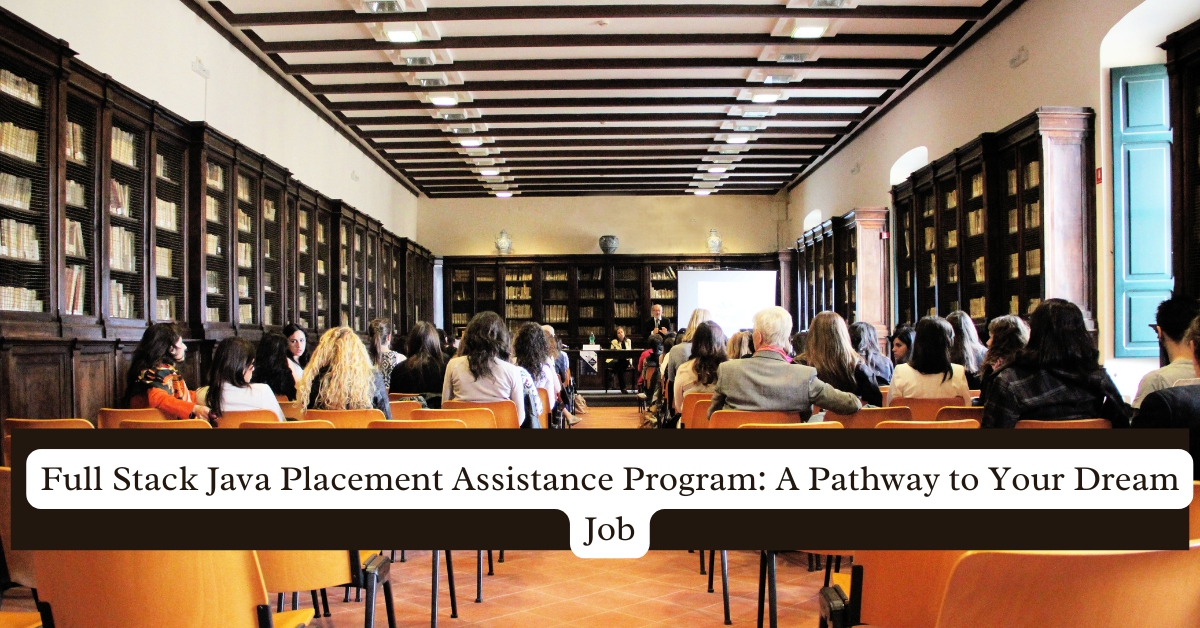In today’s rapidly evolving tech landscape, UI Full Stack Web Development has become more critical than ever, and React stands out as a top choice for developers aiming to create dynamic, responsive, and interactive user interfaces. This article will guide you through the essential aspects of UI full stack web development with React, highlighting key trends, technologies, and practices that are shaping the future of web development.
1. Understanding the Role of React in UI Full Stack Development
React, a powerful JavaScript library developed by Facebook, is designed to build user interfaces efficiently. Its component-based architecture allows developers to create reusable UI components, making development faster and more modular. In a full-stack environment, React primarily handles the frontend, but it seamlessly integrates with various backend technologies, forming a robust full-stack solution.
2. Key Trends Shaping UI Full Stack Development in 2024
2024 brings several exciting trends that every full stack developer working with React should be aware of:
- React Server Components (RSC): A game-changer in how we approach web development, RSC allows React components to run on the server, reducing the need for client-side JavaScript and enhancing performance
- Incremental Static Regeneration (ISR): With ISR, static sites can be updated without requiring a full rebuild, enabling faster updates and better performance. This feature is particularly useful in e-commerce and content-heavy websites.
- AI and Machine Learning Integration: Full-stack developers are increasingly incorporating AI and machine learning into their applications. Tools like TensorFlow.js allow for real-time data processing and personalized user experiences directly in the browser
- Progressive Web Apps (PWAs): PWAs are gaining traction as they offer a native app-like experience in a browser. React, combined with service workers and responsive design, is an excellent choice for building PWAs
3. Essential Tools and Libraries for React UI Development
To maximize the potential of React in UI development, here are some must-try tools and libraries for 2024:
- Material-UI: A popular React UI framework that provides a set of components implementing Google’s Material Design
- Chakra UI: Known for its simplicity and flexibility, Chakra UI offers a range of accessible and themeable components
- Tailwind CSS with React: For developers who prefer utility-first CSS frameworks, Tailwind CSS works seamlessly with React, enabling rapid and responsive UI development
4. Building Full Stack Applications with React
In a full stack setup, React typically handles the frontend while Node.js, Express.js, and MongoDB (forming the MERN stack) manage the backend. This stack allows developers to use JavaScript across both the frontend and backend, ensuring a consistent and streamlined development process
Example Scenario: Imagine building a real-time chat application. React would manage the user interface, updating in real-time as messages are sent and received. Node.js would handle server-side operations, Express.js would manage the API routes, and MongoDB would store user data and chat history.
5. Overcoming Challenges in Full Stack Development with React
While React simplifies many aspects of UI development, full stack developers often face challenges such as managing state across different components and ensuring optimal performance. Utilizing tools like Redux for state management and Next.js for server-side rendering can significantly enhance the performance and maintainability of your applications.
Conclusion
Mastering UI full stack web development with React in 2024 requires staying updated with the latest trends, tools, and best practices. By leveraging React’s component-based architecture, integrating powerful tools, and embracing new trends like server components and AI, developers can create cutting-edge applications that meet the demands of modern users.
FAQs
1. What makes React a good choice for full stack development?
React’s component-based architecture allows for the creation of reusable UI elements, making it easier to manage large-scale applications. It also integrates well with backend technologies, making it a powerful tool for full stack development.
2. How does React Server Components (RSC) improve application performance?
RSC allows React components to run on the server, reducing the amount of client-side JavaScript needed. This shift enhances performance by decreasing load times and server-side processing
3. What are the benefits of using Next.js with React?
Next.js offers server-side rendering, static site generation, and API routes, making it an ideal companion for React in building high-performance, SEO-friendly web applications.
4. How can AI be integrated into a React application?
AI can be integrated using libraries like TensorFlow.js, allowing developers to add features such as image recognition and natural language processing directly into React applications
5. What is the role of Progressive Web Apps (PWAs) in full stack development?
PWAs combine the best of web and mobile applications, offering offline capabilities, push notifications, and fast load times. React is a popular choice for building PWAs due to its flexibility and performance




